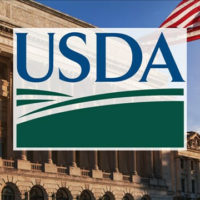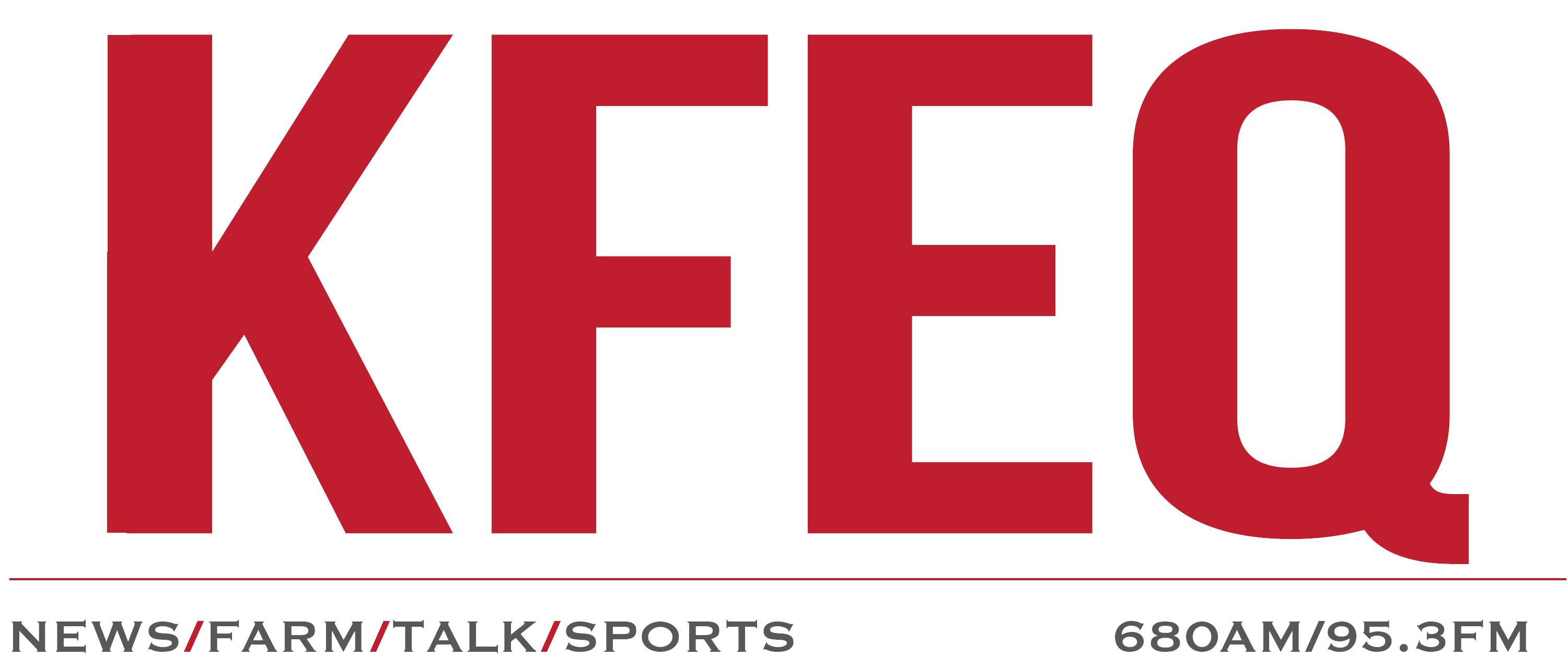
Farm margins will continue to tighten this year on falling prices for many commodities, but a key takeaway from the 100th USDA Ag Outlook Forum is that new revenue streams are making a difference on the farm.
The forecast for many crops like corn and soybeans was no surprise. USDA Chief Economist Seth Meyer.
“After three years of pretty high commodity prices, the direction is largely for lower prices.”
As U.S. farmers responded after Russia invaded Ukraine, and more supplies now drop 2023-2024 season average prices to $5.60 for corn, $12.90 for beans, and on strong Russian sales, $8.50 for wheat. And farm costs, except for fertilizer and fuel oil, are still up, as is foreign competition.
“We have seen tremendous growth in soybean production in South America. Brazil, Paraguay, Argentina. And we can handle that growth at a global level and support prices when Chinese demand was growing at more than four percent, up to eight percent a year. That demand has slowed.”
But Secretary Tom Vilsack argued in his keynote speech that there’s still hope for a sector that’s lost over half a million farms since 1981, while big operations get bigger, and small ones struggle.
“How about we create multiple income streams that the farmer can utilize so that commodity prices, as Seth indicated, are down one year, maybe there’s another source of income that’s also coming into the farm that bolsters the family income, that doesn’t require you to work two full-time jobs, that allows you to make the case to those young people who want to be the next generation that, yes, you can in fact, be the next generation.”
Leading USDA to invest billions to promote new export markets, climate-smart commodities, sustainable aviation fuel, on-farm renewable energy, local meat processing, and USDA food buys. All of it, Vilsack finished, so the communities and the farmers that make rural America possible can survive.
“To make sure that we send a message to every single farmer, regardless of size, that they are valued, not just for what they do, but for who they are.”



